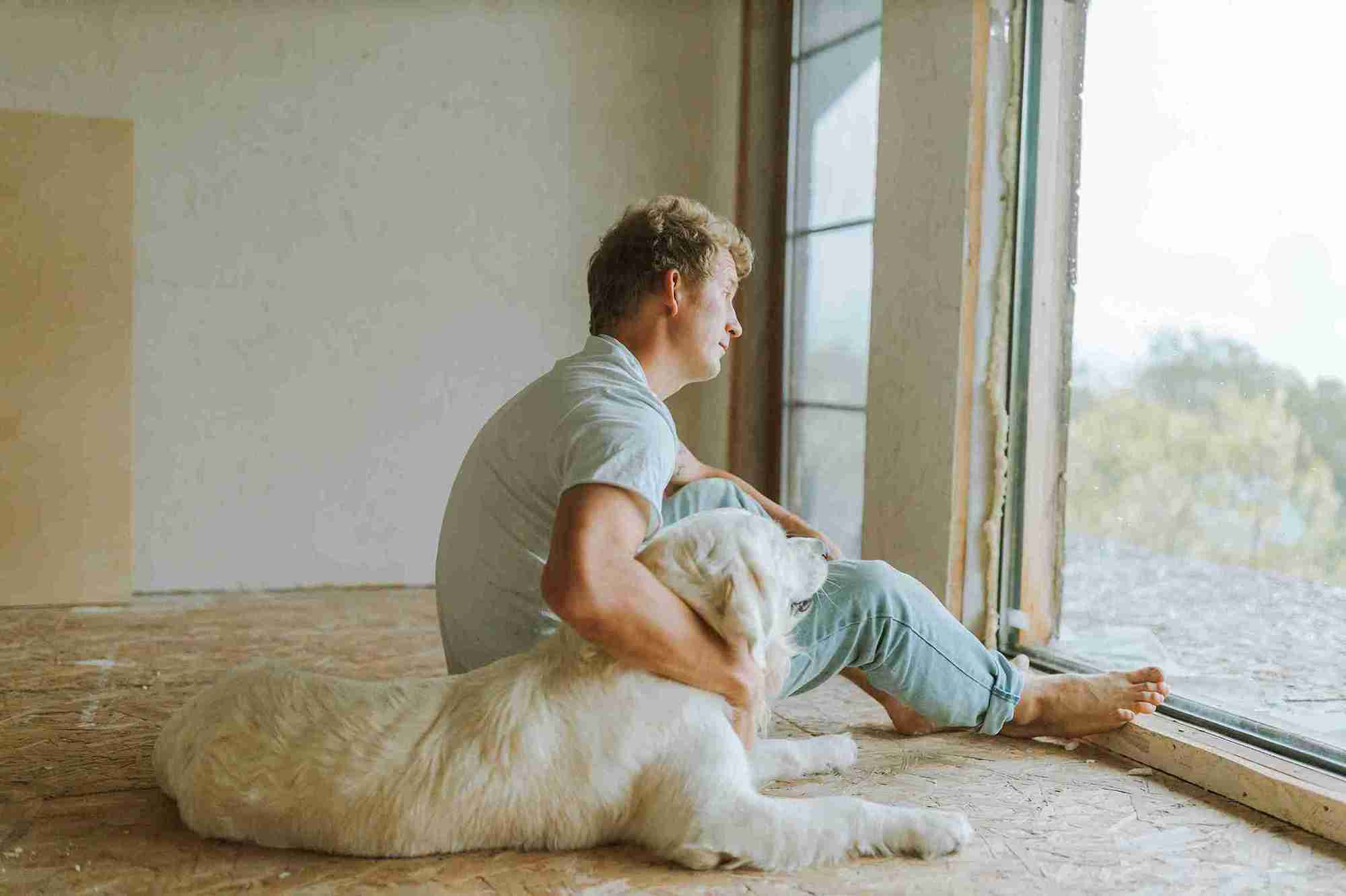Pet grooming is an essential aspect of pet care that contributes not only to your furry friend’s appearance but also to their overall well-being. As pets age, their grooming needs change, and it becomes crucial for pet owners to adjust their grooming practices to ensure their senior animals remain healthy, comfortable, and happy. In this comprehensive guide, we will explore the significance of pet grooming, the unique requirements of senior pets, and practical tips for grooming older animals.
The Importance of Pet Grooming
Grooming is not merely a cosmetic procedure; it plays a vital role in maintaining your pet’s health. Here are some of the key benefits of regular grooming for pets of all ages:
-
Cleanliness and Hygiene
Regular grooming helps keep your pet clean and free from dirt, debris, and parasites. This is especially important for senior pets, as they may have a weakened immune system, making them more susceptible to infections.
-
Skin and Coat Health
Grooming promotes a healthy skin and coat. It removes dead skin cells, stimulates oil production, and helps distribute natural oils evenly, preventing dry and itchy skin. This is particularly important for older pets who may have skin issues related to aging.
-
Early Detection of Health Issues
Grooming provides an opportunity to inspect your pet’s body for lumps, bumps, or other abnormalities. Detecting health issues early can lead to prompt treatment and a better prognosis.
-
Bonding and Socialization
Spending time grooming your pet is a great way to strengthen your bond. It also helps pets become accustomed to human touch, making vet visits and other care procedures less stressful.
-
Reducing Shedding and Allergens
Regular brushing and grooming can help reduce shedding, keeping your home cleaner and minimizing allergens, which is especially important if someone in your household has allergies.
Grooming Senior Pets: Understanding Their Unique Needs
Senior pets, typically defined as those in the final 25% of their expected lifespan, have distinct grooming requirements. As pets age, their bodies undergo various changes that necessitate adjustments to the grooming process.
-
Arthritic Pain and Stiffness
Senior pets are more likely to develop arthritis, which can make it painful for them to sit, stand, or lie down for extended periods. Consider using grooming tables or supportive mats to ease their discomfort during grooming sessions. Be gentle and avoid forcing them into uncomfortable positions.
-
Sensitive Skin and Coat
Older animals may have more sensitive skin, prone to dryness, flakiness, and irritation. Choose grooming products specifically designed for sensitive skin to avoid exacerbating these issues.
-
Reduced Mobility
Senior pets may struggle with mobility issues, making it challenging for them to groom themselves. Pay special attention to areas they cannot reach, such as their back or hindquarters. Regularly trim nails and inspect paws for any issues, as mobility problems can affect a pet’s ability to walk comfortably.
-
Eyes and Ears
The eyes and ears are areas that often need special attention in older pets. Ensure that the fur around their eyes is clean and dry, as moisture can lead to skin infections. Clean their ears gently but thoroughly, as older pets are more prone to ear issues.
-
Dental Care
Oral health is critical for all pets, but it becomes even more important as they age. Dental problems are common in senior animals, and regular dental care can prevent pain and discomfort.
Practical Tips for Grooming Senior Pets
Now that we understand the unique needs of senior pets, let’s delve into some practical tips for grooming older animals.
-
Use Gentle Brushes and Combs
Select brushes and combs with soft bristles or tips to avoid causing discomfort to your senior pet. Brushing should be a soothing and enjoyable experience for them.
-
Adjust the Frequency of Grooming
Senior pets may not need grooming as often as their younger counterparts. Adjust the grooming schedule according to your pet’s needs, taking into consideration their health and coat condition.
-
Check for Skin Abnormalities
During grooming sessions, closely inspect your pet’s skin for any lumps, rashes, or areas of irritation. If you notice anything unusual, consult your veterinarian for a professional evaluation.
-
Trim Nails Regularly
Long nails can be uncomfortable and even painful for senior pets. Regularly trim their nails to prevent issues with walking and mobility.
-
Gentle Shampoo and Conditioner
Choose a mild and moisturizing shampoo and conditioner for your senior pet to keep their skin and coat healthy. Ensure that you rinse thoroughly to prevent any product residue.
-
Pay Attention to Ears and Eyes
Clean your pet’s ears and eyes as needed, being gentle and using products specifically designed for these areas. See your veterinarian if you observe any redness or discharge.
-
Oral Hygiene
Maintaining good oral health is crucial for senior pets. Brush their teeth regularly with a pet-safe toothbrush and toothpaste. Toys and dental chews can also lessen the accumulation of tartar.
-
Consider Professional Grooming
If you are uncertain about grooming your senior pet or if they have specific needs, consider seeking the services of a professional groomer who is experienced in handling older animals.
Conclusion
Grooming for senior pets is a vital aspect of their care, whether it’s for dog grooming or cat grooming. Adapting our practices to meet their unique needs ensures their comfort, health, and happiness in their golden years. If you’re unsure about how to best groom your senior pet, don’t hesitate to seek the expertise of a professional pet salon. By providing tailored grooming care, you can make your senior pet’s later years more enjoyable and fulfilling.

